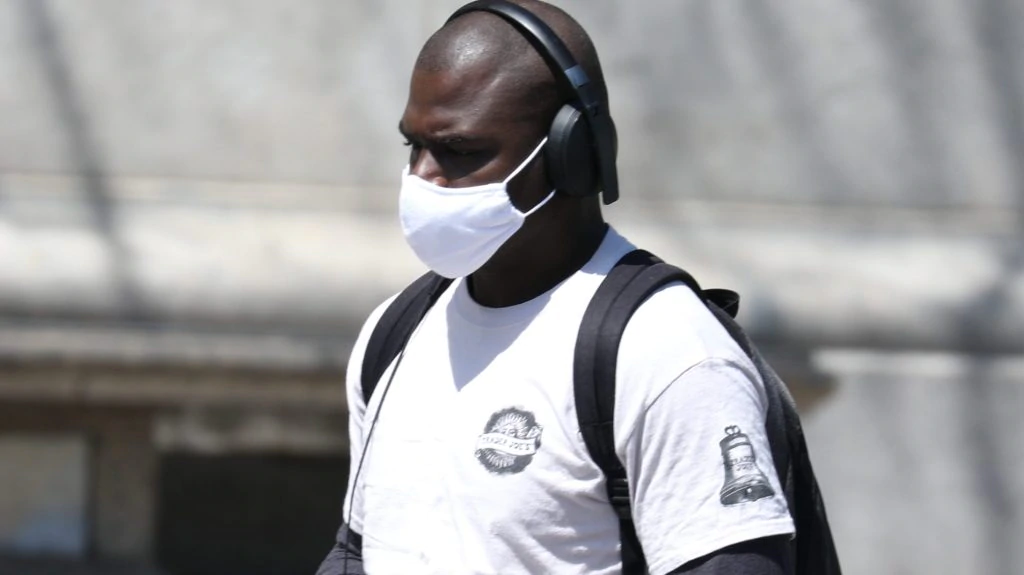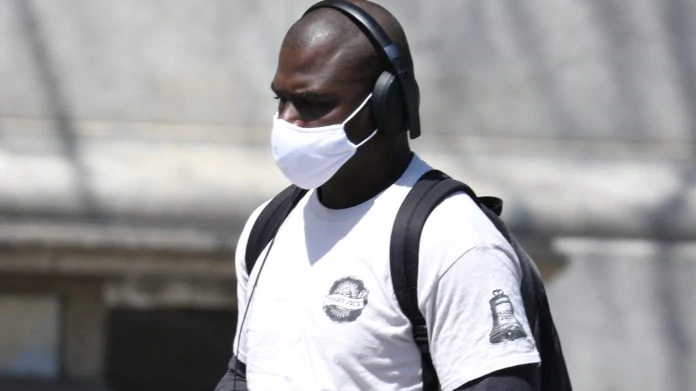[ad_1]
The recent emergence of video involving New York Police Department (NYPD) officers enforcing policies of social distance and the wearing of face masks in Black communities show a drastically different approach from those taken in White communities in New York City.
theGrio spoke exclusively with New York City public advocate and activist Jumaane Williams, activist Tamika Mallory, and former NYPD officer and Brooklyn borough president Eric Adams about these differences, and about whether policing COVID-19 is the new stop and frisk.
Public advocate Williams said the video that shows NYPD officer Francisco Garcia assault Donni Wright makes one thing crystal clear.
“What I know for a fact is that when you contextualize and look at what is happening in other parts of the city to people who are less melanated, and then I looked at what was happening in videos like that one, where social distancing was the main reason that the police stopped civilians, it is clear that we have different policing in different communities,” Williams explained.
READ MORE: Video of NYPD violent arrest over social distancing sparks outrage
Williams then weighed in on whether COVID-19 policing is becoming the new stop and frisk. The activist feels that the Department’s new social distancing policies are not equivalent to the controversial NY program, but instead an example of over-policing in general.
“(The inequalities have) always been there, and coronavirus is exacerbating that,” Williams said. “Some people are saying that social distancing is the new stop and frisk. I kind of reject that. The problem is over-policing and aggressive policing in black and brown communities. They always have a name for it. Stop and frisk, social distancing. It will be called something else tomorrow. We have to address what the issue is.”
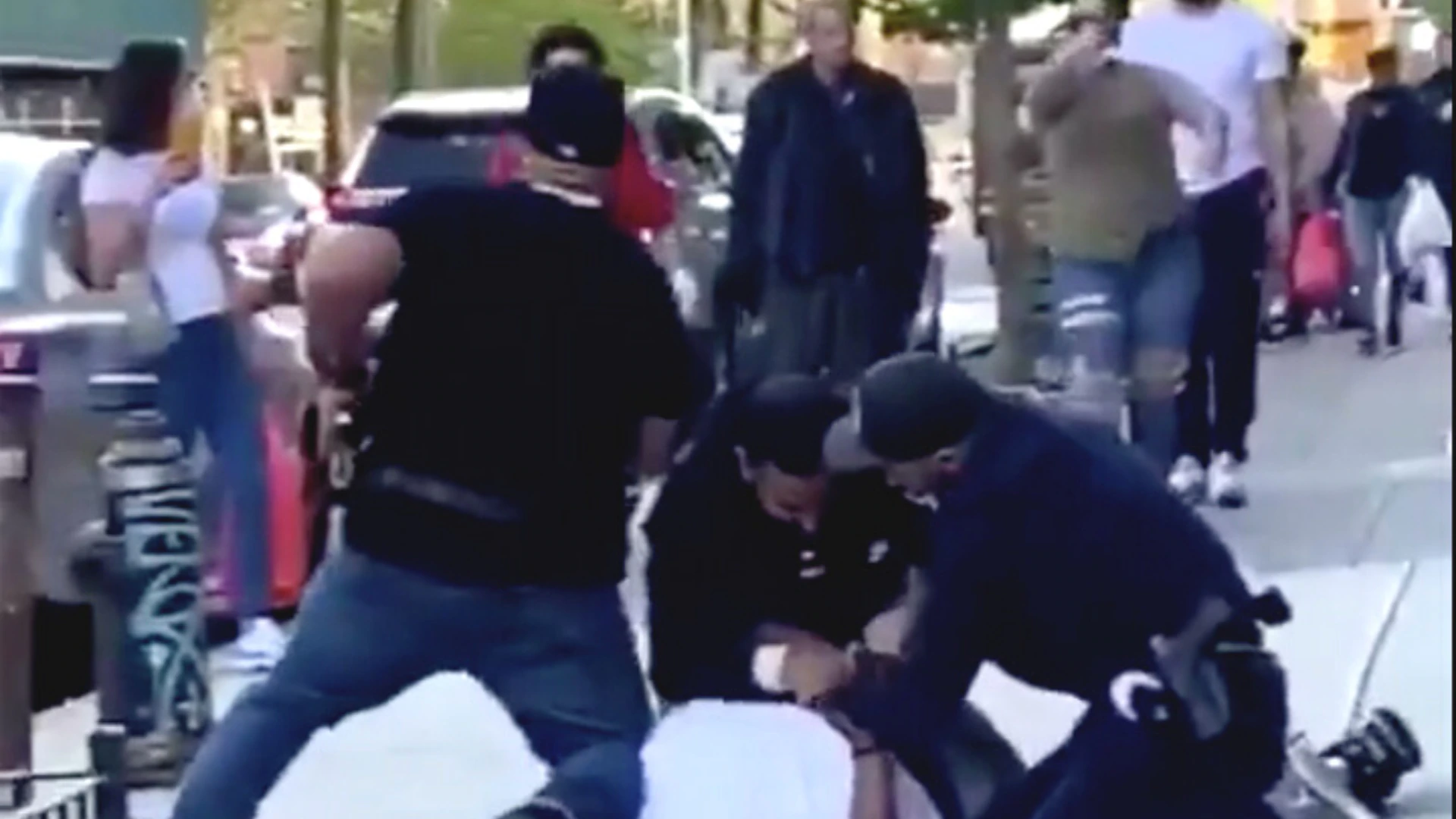
Unfortunately, situations like these were anticipated by Williams based on the history of the NYPD. The advocate said that he “warned” New York City Mayor Bill de Blasio about “what was going to happen” if social distancing was enforced by the police.
“We gave alternatives,” Williams said about the meeting. “First, I just want to be clear: This all started because we never had a clear message in our response to Corona from the beginning, neither from the mayor or the governor [Andrew Cuomo]. They showed terrible leadership. The governor is beginning to escape that right now, but at the beginning the mayor took too long to close schools. He took too long to say that we needed to stay home.”
Williams went to say that Cuomo “didn’t want to call shelter in place because he didn’t want to scare people.”
“About four or five weeks ago, I made it clear that we cannot only rely on policing as an enforcing mechanism here,” he continued. “We have historic issues with them. We recommended the whole community enforcement effort, which would include all city agencies like NYPD, FDNY, EMT, sanitation, all being a part of reinforcing social distancing and reinforcing staying home.”
READ MORE: Mom of bystander punched by cop in viral arrest says son is hospitalized
Mallory also anticipated the racist tactics by the NYPD. The activist made an Instagram Live when the stay-at-home order was issued in an attempt to “sound the alarm to young Black and Brown folk” that they should adhere and take the virus seriously, or “we could potentially find ourselves as the center of the police department’s abuse.”
“I was sounding the alarm that I felt we were entering a military state, just by nature of people being asked to shelter in place or stay at home,” Mallory told theGrio. “I knew that there were a lot of folks who were saying that they did not necessarily believe that they should have to stay in their homes, and they were questioning whether social distancing was appropriate or whether they wanted to follow the social distancing rules.”
She continued, “So, when I saw that happening, I did the video to express how important it is for us to ensure that we do not become the brunt of the abuse of the NYPD and police departments across the country. Some of the crowds that I have seen or some of the videos that I’ve seen, there are less people in those videos outside, then those who I saw in many of the parks across the city that are frequented by individuals who are not Black.”
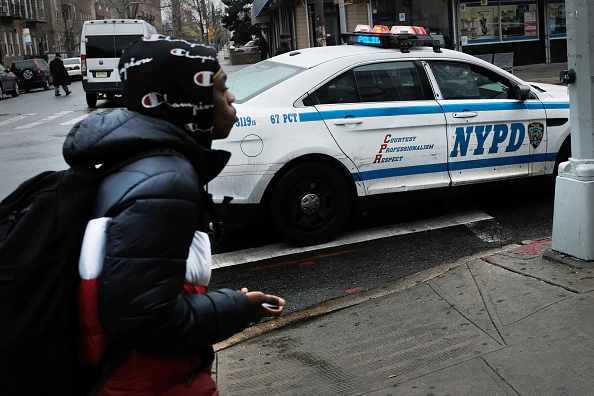
Whether it is called the new stop and frisk or not, Mallory blames a bigger issue. The advocate explained that Black and Brown people are “targets of racism and police abuse and systemic oppression on a daily basis,” making them more susceptible to those abusing social distancing enforcement.
“The over policing issue is not new, is it not a COVID issue, it is a systemic oppression issue, it is a racism issue, and it is a failure of the leadership in New York City to gain control of its police force,” she said. “COVID-19 just becomes yet another reason to abuse Black and Brown people.”
To truly address the issues that COVID-19 is bringing to light, Mallory feels the problem needs to be attacked at its core.
“The NYPD and police departments across the country have not truly had to deal with the violation and the injustice that it perpetuates every day,” Mallory said. “If we want to address these particular issues, putting an officer on desk duty–like the punishment handed out to Officer Garcia–can’t be the solution. It becomes a timeout. It’s almost like putting a child having a temper tantrum in the corner.”
She continued, “The process to actually be able to see justice and to have an officer truly punished and disciplined for the behavior is something that, in the case of Eric Garner, took us five years. His mother almost died, and his daughter did die waiting for that justice.”
Brooklyn Borough President Adams, himself a retired NYPD member, was enraged by numerous aspects of the East Village social distance stop and assault of Wright.
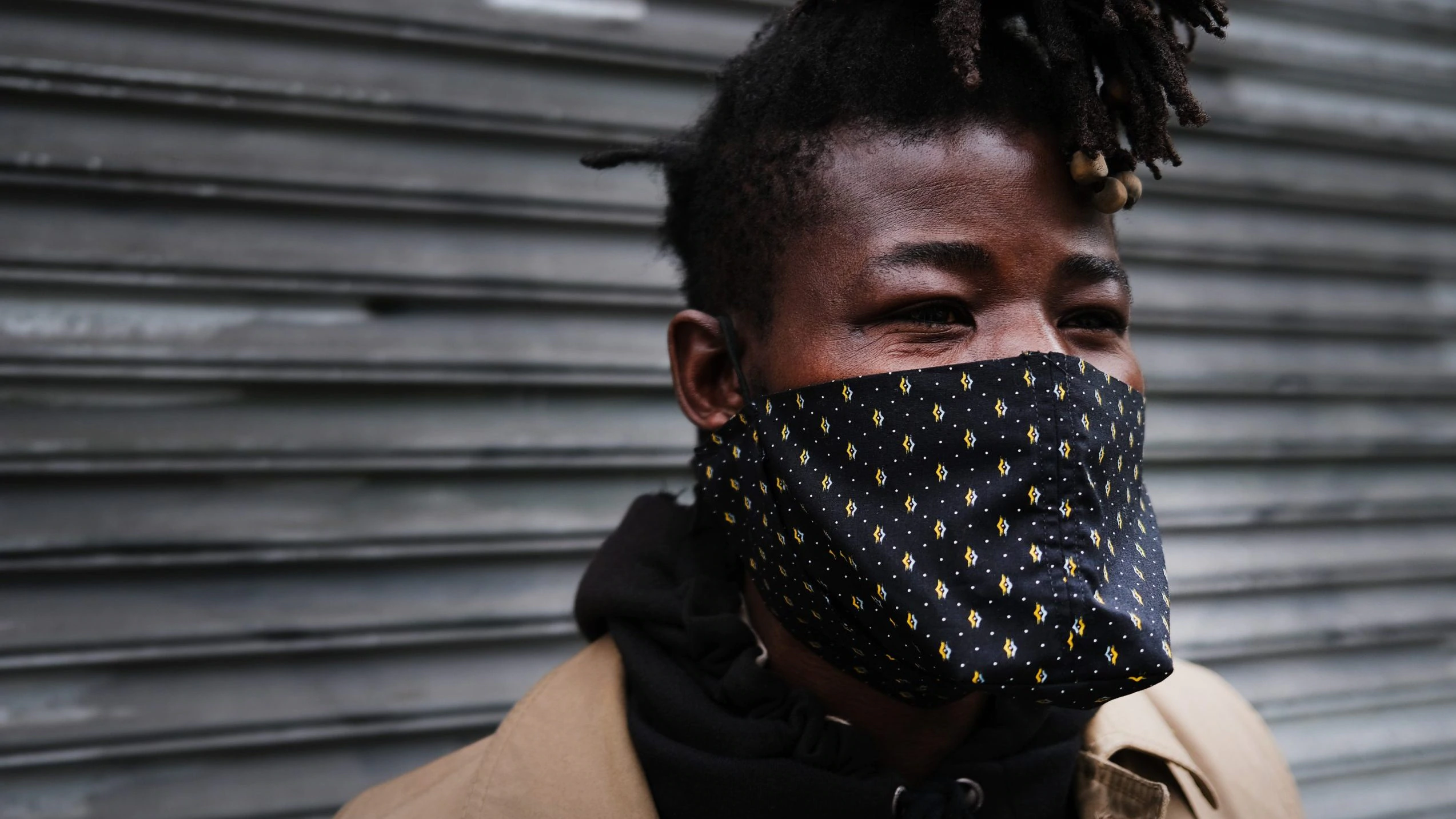
“I was horrified by the actions of the officers on all levels,” Adams said. “My understanding is that it was a social distance stop and then, the way that was handled, I thought was incorrect. And then it was clear that the officer who continued to show aggression, that he was acting like he was in a street brawl. That is not how you carry out police practices. The punch, the take down, the pointing of the taser, everything about it was wrong.”
He went on to point out how worse the situation may have been without the video that was recorded by a passerby.
“Imagine if there wasn’t any video surveillance? We would have probably had a different account of what happened,” he said. “And so I was outraged when I saw this, particularly coming from the backdrop of watching people lounge on Chelsea Piers being not questioned at all about social distancing.”
Adams feels that social distancing stops can’t replace other racist NYPD tactics, and has been vocal about it. He said that police carrying out non-criminal actions, like enforcing social distancing, is “a big mistake.”
“Plainclothes officers definitely should not be doing this. This can’t become a modified version of stop and frisk in the excuse for stopping someone because you’re talking about social distancing,” Adam said about the policy, something he also has expressed to Mayor de Blasio. “Then we have to understand the dynamic of when you stop a young black man who has a history of negative encounters with the police, they are not seeing them and saying social distancing. They are saying you are harassing me again.”
He concluded, “The roles police should play in coronavirus is simply to handout masks. Here’s an opportunity to walk up to someone that you traditionally walked up to, and only had a negative interaction. Here’s the opportunity for you to start the process of mending some of those negative interactions, and a mask, and that’s it.”
[ad_2]
Source link

